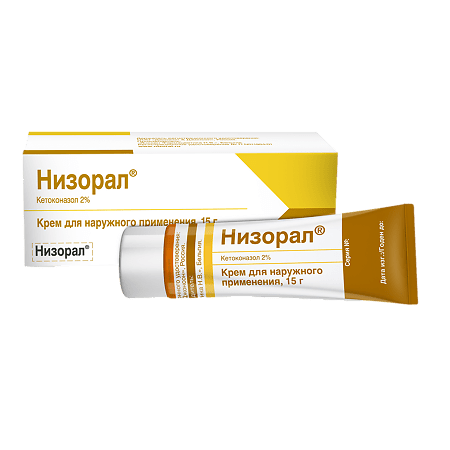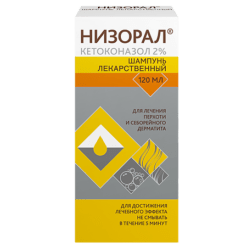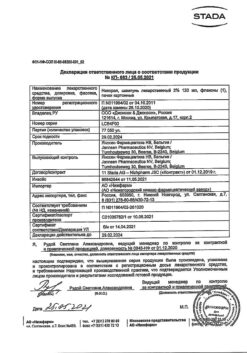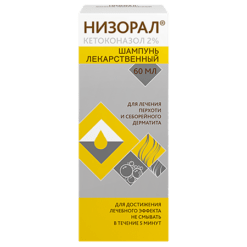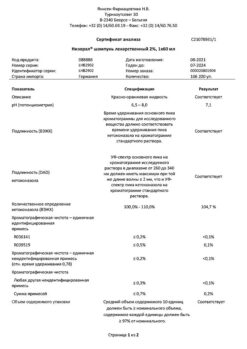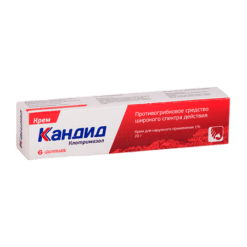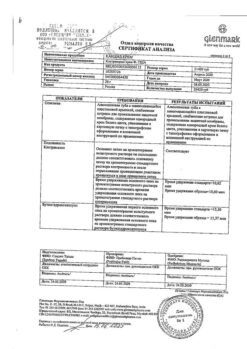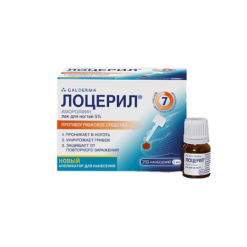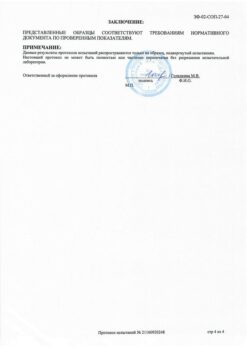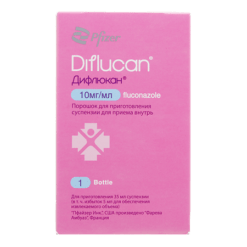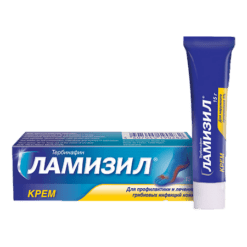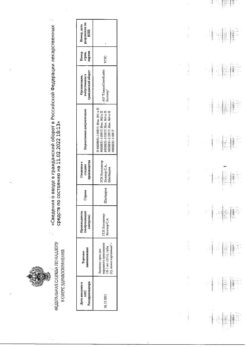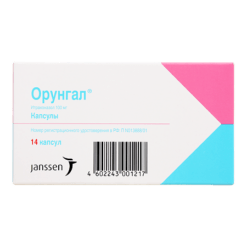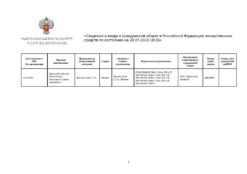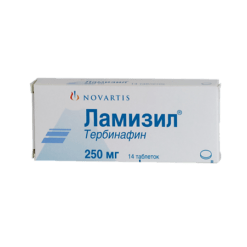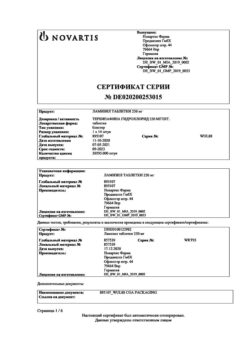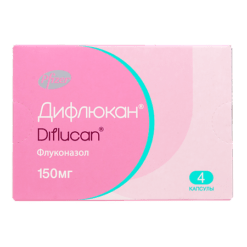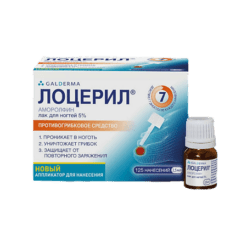No products in the cart.
Description
Seborrheic dermatitis, Skin fungus, Dermatophytic skin infections caused by Trichophyton rubrum, Trichophyton mentagrophytes, Microsporum canis and Epidermophyton fl occosum:
– smooth skin dermatomycosis,
– inguinal epidermophytia,
– hand and foot epidermophytia,
– skin candidiasis,
– pityrosporum lichen,
– seborrheic dermatitis caused by Pityrosporumovale.
Indications
Indications
Dermatophyte skin infections caused by Trichophyton rubrum, Trichophyton mentagrophytes, Microsporum canis and Epidermophyton fl occosum:
• dermatomycosis of smooth skin,
• inguinal athlete’s foot,
• epidermophytosis of the hands and feet,
• skin candidiasis,
• pityriasis versicolor,
• seborrheic dermatitis caused by Pityrosporumovale.
Special instructions
Special instructions
For external use only.
Nizoral® cream should not be used in ophthalmic practice.
In order to prevent withdrawal syndrome after stopping long-term treatment with topical corticosteroids, it is recommended to continue the use of topical corticosteroids in the morning and Nizoral® cream in the evening, and then gradually, over 2-3 weeks, discontinue steroid therapy.
If the medicine has become unusable or has expired, do not throw it into wastewater or onto the street! Place the medication in a bag and place it in the trash. These measures will help protect the environment!
Active ingredient
Active ingredient
Ketoconazole
Composition
Composition
1 g of cream contains:
Active substance:
ketoconazole – 20 mg;
Excipients:
propylene glycol – 200 mg (equivalent to 193 µl),
stearyl alcohol – 75 mg,
cetyl sulfate – 20 mg,
sorbitan stearate – 20 mg,
polysorbate 60 (Tween 60) – 15 mg,
polysorbate 80 (Tween 80) – 1 mg,
isopropyl myristate – 10 mg,
sodium sulfite anhydrous – 2 mg,
purified water – up to 1 g (637 µl).
Pregnancy
Pregnancy
Although ketoconazole does not penetrate the skin when Nizoral® cream is used, there have been no adequate and well-controlled studies in pregnant women or during breastfeeding.
Plasma concentrations of ketoconazole were not detected after application of Nizoral® cream to the skin of non-pregnant women.
There are no known risks associated with the use of Nizoral® 2% cream during pregnancy.
There is no evidence that Nizoral® cream 2% may be dangerous when used in pregnant women or during breastfeeding.
During pregnancy and breastfeeding, use only if the expected benefit to the mother outweighs the potential risk to the fetus and child, after consultation with a doctor.
Contraindications
Contraindications
Known hypersensitivity to ketoconazole or any of the auxiliary components of the drug.
Side Effects
Side Effects
The data below summarizes information on side effects reported during clinical trials, as well as data on the safety profile of the drug obtained during its use in clinical practice.
Side effects are grouped according to the MedDRA (Medical Dictionary for Regulatory Activities) classification of organs and organ systems.
Criteria for assessing the frequency of side effects: very common (≥ 1/10), common (≥ 1/100 and < 1/10), uncommon (≥ 1/1000 and < 1/100), rare (≥ 1/10000 and < 1/1000), very rare (< 1/10000, including individual reports).Since post-registration reports of side effects are voluntary from a population of unknown size, it is not possible to reliably estimate the frequency of their occurrence, and therefore these side effects are indicated as “frequency unknown”.Immune system disorders: uncommon – hypersensitivity.Disorders of the skin and subcutaneous tissues: often – burning of the skin; uncommon – bullous rash, contact dermatitis, rash, skin peeling, skin stickiness; frequency unknown – urticaria.General disorders and disorders at the site of application: often – erythema and itching at the site of application; uncommon – bleeding, discomfort, dry skin, inflammation, irritation, paresthesia, reactions at the application site.If any of the side effects indicated in the instructions worsen, or any other side effects not listed in the instructions are noted, you should immediately inform your doctor.
Interaction
Interaction
Not studied.
Overdose
Overdose
Applying an excessive amount of cream may cause the development of erythema, swelling and a burning sensation, which disappear after cessation of therapy. In case of accidental ingestion, supportive and symptomatic therapy is provided.
Clinical pharmacology
Clinical pharmacology
Pharmacodynamics:
Ketoconazole is a synthetic imidazoledioxolane derivative that has fungicidal or mycostatic activity against dermatophytes such as Trichophyton sp., Epidermophyton floccosum, and Microsporum sp., and against yeasts, especially Malassezia spp. Nizoral® cream 2% has a very rapid effect on the itching of dermatophyte and yeast infections, with symptomatic improvement observed even before the first signs of recovery appear.
Pharmacokinetics:
Concentrations of ketoconazole were not determined in the blood plasma of adult patients after topical application of Nizoral® cream 2% to the skin.
In a study of 19 children with seborrheic dermatitis, in which approximately 40 g of Nizoral Cream 2% was applied daily to more than 40% of the body surface area, plasma ketoconazole concentrations were measured in 5 children and ranged from 32 to 133 ng/mL.
With repeated use of the cream in large quantities (more than 3 g) in children, there is a possibility of drug interactions – inhibition of the metabolism of drugs metabolized by enzymes of the CYP3A4 system, in particular cisapride, and an increase in allergic reactions is also possible.
Storage conditions
Storage conditions
Store at a temperature of 15 to 30° C.
Keep out of reach of children.
Manufacturer
Manufacturer
Janssen Pharmaceuticals N.V., Belgium
Additional information
| Conditions of storage | Store at 15 to 30 ° C. Keep out of reach of children. |
|---|---|
| Manufacturer | Janssen Pharmaceuticals N.V., Belgium |
| Medication form | exterior cream |
| Brand | Janssen Pharmaceuticals N.V. |
Other forms…
Related products
Buy Nizoral, 2% cream 15 g with delivery to USA, UK, Europe and over 120 other countries.

